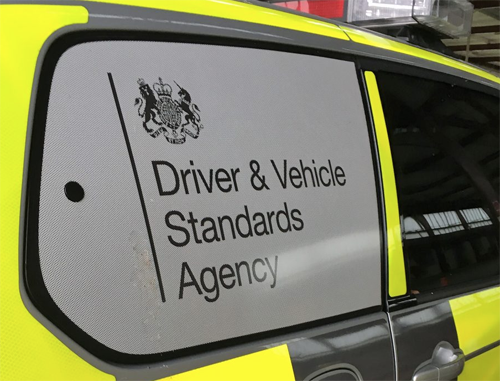When we think about road safety, most of us picture speeding, drunk driving, or texting behind the wheel. But there’s a hidden risk quietly endangering millions, and it’s right in front of our eyes. A growing body of evidence reveals a serious yet largely ignored threat: older drivers with deteriorating eyesight. It’s a danger that’s costing lives, and our current system is doing almost nothing to stop it.
A Shocking Statistic That Should Worry Us All
A recent set of roadside vision checks across England and Wales exposed an alarming truth: 1.7% of drivers failed a basic eyesight test — reading a number plate from 20 meters away. That figure may seem small until you realise what it represents: approximately 720,000 drivers currently on UK roads with substandard vision.
Worse still, in the 81–90 age group, the failure rate soars to 10.2%, meaning more than one in ten elderly drivers can’t meet the most basic legal vision requirement to drive.
This isn’t just a statistical oddity — it’s a systemic failure with real-world consequences.
The Cost in Lives
In 2023 alone, poor driver eyesight contributed to 252 road injuries and six deaths — the highest total in six years. Three of those killed were pedestrians.
According to crash data, 42% of drivers over 70 involved in road accidents had vision problems. That’s not a coincidence — it’s a crisis.
So, how does the UK screen drivers to ensure their vision is safe? It doesn’t — at least not effectively. Drivers take a one-time vision test when first applying for a licence. After age 70, they self-certify their eyesight every three years. No eye exams. No professional checks. No system to catch vision loss that comes with age.
This lax approach is now being called one of the weakest in Europe by road safety advocates and medical professionals alike.

Experts Demand Reform
Rob Heard, founder of the Older Drivers Forum, is among many campaigning for regular eye exams at least every two years. He notes that routine sight tests not only keep people safe on the roads but can detect health conditions early, potentially extending a person’s ability to drive safely.
“There needs to be a change in how we approach this,” says Heard. “It’s not about taking away keys; it’s about keeping people driving safely for longer.”
In addition to eyesight tests, officials are now calling for fitness-to-drive assessments and even mandatory cognitive screening for drivers aged 80 and over. This follows the tragic death of three-year-old Xander Irvine, after which Sheriff Principal Nigel Ross called for cognitive testing to be a requirement before licence renewal in this age group.
Patchwork Programs, No National Standard
Today, some local authorities offer voluntary mature driver assessments, but there is no national framework. The Older Driver Task Force, University of Warwick, and the Parliamentary Advisory Council for Transport Safety (PACTS) are exploring a standardised testing program, but reform remains painfully slow.
The Bottom Line: What We Can’t See Can Hurt Us
The numbers don’t lie:
* 1 in 10 drivers aged 81–90 can’t meet the legal eyesight standard.
* 2.1 million drivers may be on the road illegally due to poor vision.
Vision-related accidents and fatalities are rising, and yet, we still rely on self-declaration to determine driving fitness. It’s time for that to change.
We need mandatory, regular vision checks, standardised driving assessments, and cognitive screenings for those most at risk. Because the goal isn’t to sideline older drivers — it’s to protect them, and everyone else on the road.
We wouldn’t let a pilot fly blind. Why are we letting drivers?

